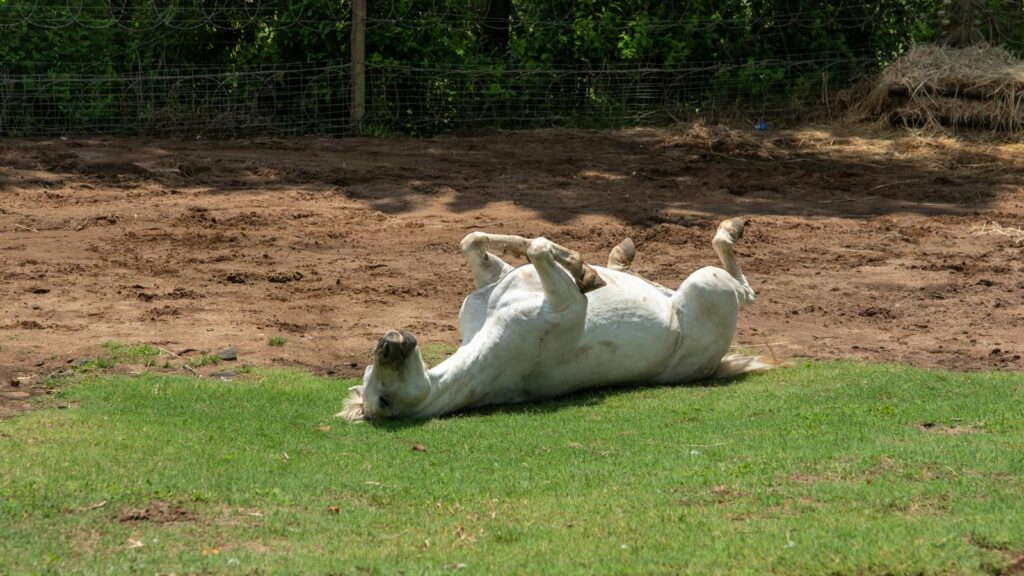Equine colic is one of the most dreaded conditions horse owners face, representing a range of abdominal pain rather than a specific disease. Understanding how to recognize the different stages of colic is crucial for prompt intervention, which can literally mean the difference between life and death for your horse. While mild cases may resolve with basic care, severe episodes require immediate veterinary attention. This comprehensive guide will help you identify the progression of colic symptoms, understand what’s happening inside your horse’s body, and know when to call for professional help. By becoming familiar with these warning signs, you’ll be better equipped to take appropriate action quickly and potentially save your horse from unnecessary suffering.
Understanding What Equine Colic Actually Is
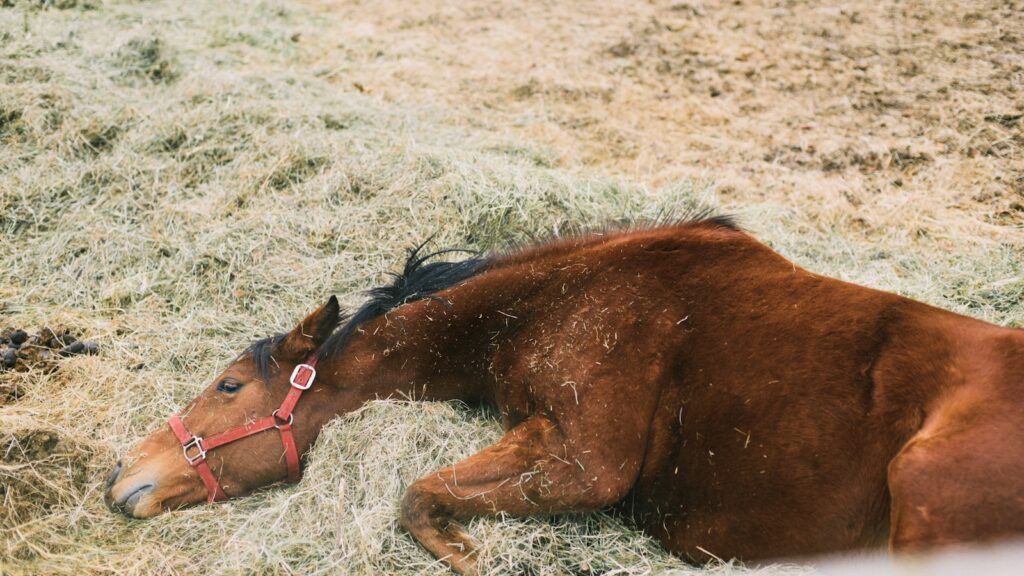
Equine colic is a general term describing abdominal pain in horses, rather than a specific diagnosis. This pain typically originates from the gastrointestinal tract but can involve other abdominal organs. Horses are particularly susceptible to digestive disturbances due to their unique digestive system, which includes a small stomach relative to body size and inability to vomit. The types of colic range from simple gas accumulation to potentially fatal intestinal twists (volvulus) or displacements. Understanding that colic refers to symptoms rather than a single condition helps owners recognize that different types of colic progress differently and require varying levels of intervention.
Why Early Recognition Matters
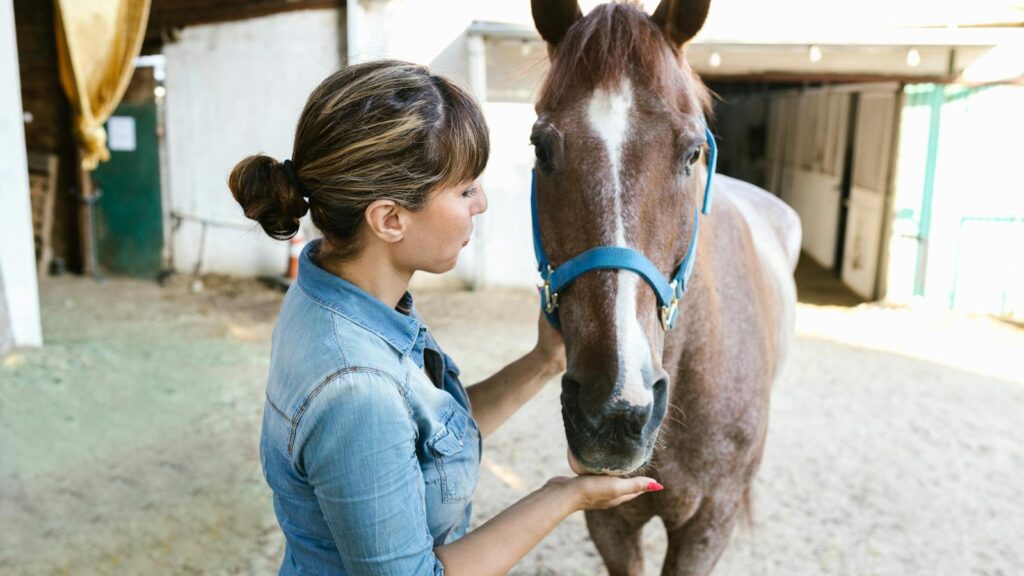
Detecting colic in its earliest stages dramatically improves outcomes and can prevent a mild case from developing into a life-threatening emergency. Horses with promptly addressed colic often require less intensive treatment and have better recovery rates than those whose symptoms progress to moderate or severe stages. Early intervention can mean the difference between medical management and surgical intervention, with the latter carrying greater risks and costs. Additionally, horses suffering prolonged pain may develop complications like endotoxemia or laminitis, which create additional health challenges. Studies show that treatment success rates decrease significantly the longer colic symptoms persist before veterinary care is obtained.
Recognizing Stage 1: Subtle Early Warning Signs
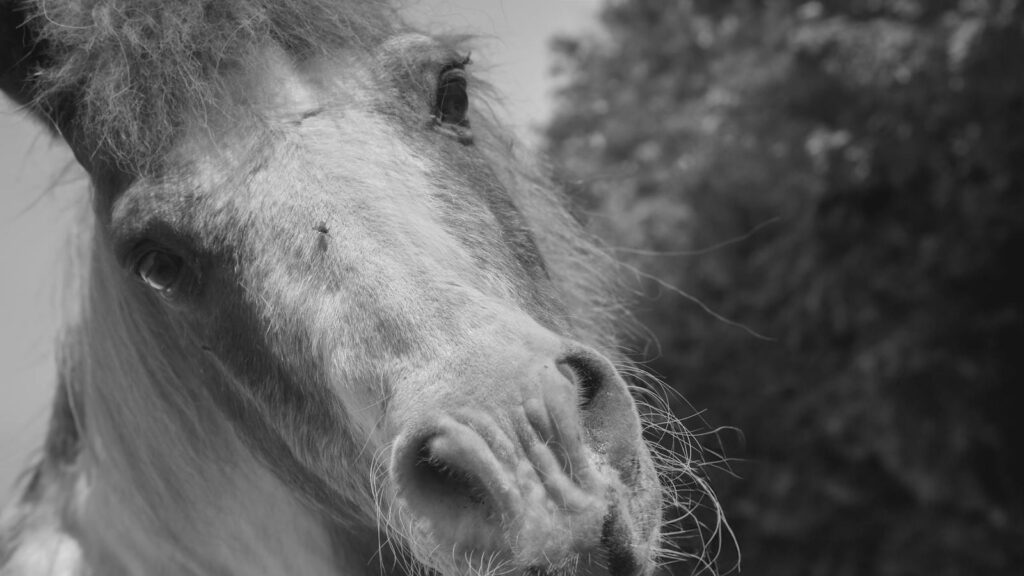
The initial signs of colic are often subtle and easily overlooked by inexperienced horse owners. During this early stage, horses frequently exhibit decreased appetite or complete disinterest in feed, which may be dismissed as temporary pickiness. You might notice your horse looking back at its flank occasionally or adopting a stance slightly wider than normal. Reduced or absent manure production is another critical early indicator that digestive function is compromised. Other subtle signs include mild restlessness, reduced water consumption, or decreased interest in normal activities. Many horses will also demonstrate slight changes in vital signs, with minor elevations in heart rate (40-50 beats per minute) or respiratory rate, though these changes require monitoring to detect.
Recognizing Stage 2: Mild to Moderate Pain Behaviors

As colic progresses to the second stage, pain behaviors become more pronounced and unmistakable. Horses typically begin pawing at the ground intermittently, expressing their discomfort through physical restlessness. Flank-watching becomes more frequent and obvious, with the horse turning to look at or even nip at its abdomen. Many horses will repeatedly lie down and get up, struggling to find a comfortable position that alleviates their pain. During this stage, horses often adopt a stretched posture as if attempting to urinate, or they may curl their upper lip (Flehmen response) in reaction to internal discomfort. Vital signs show more significant changes, with heart rates typically between 50-60 beats per minute and possibly clammy mucous membranes indicating early circulatory changes.
Recognizing Stage 3: Moderate to Severe Pain Manifestations
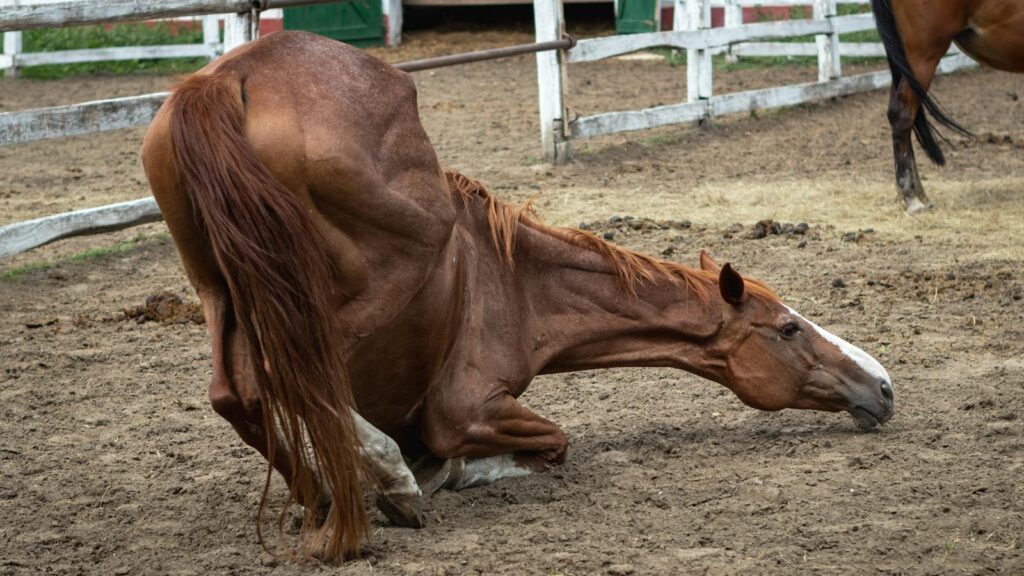
In the third stage of colic, pain behaviors intensify considerably as the horse struggles with increasing discomfort. Horses typically show frequent attempts to roll or violently throw themselves to the ground, potentially causing additional injuries. Sweating becomes profuse, particularly around the neck, flanks, and behind the ears, even in cool weather conditions. The abdomen may appear visibly distended or “tucked up” depending on the type of colic involved. Horses in this stage often groan audibly when lying down or getting up, and they frequently adopt a “sawhorse” stance with legs splayed outward for stability. Heart rates typically elevate to 60-80 beats per minute, and respiratory rates increase significantly as the horse’s body responds to pain and stress.
Recognizing Stage 4: Severe Pain and Systemic Involvement
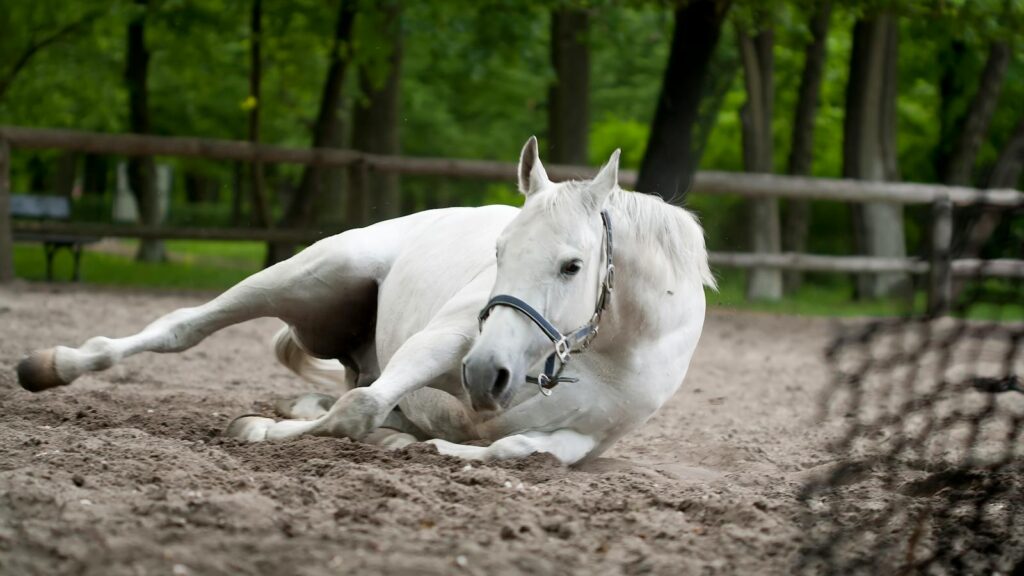
Stage four represents severe colic with systemic complications, indicating a potentially life-threatening situation requiring immediate veterinary intervention. Horses in this stage may thrash violently without regard for their surroundings, posing danger to themselves and handlers. Profuse sweating progresses to partial dryness as dehydration worsens, and the horse’s skin loses elasticity when pinched (prolonged skin tent). Mucous membranes appear dark red, purple, or muddy with significantly delayed capillary refill time (greater than 3 seconds). Heart rates exceed 80 beats per minute and may become irregular, while breathing becomes shallow and rapid. Many horses enter a cycle of getting up and immediately going down again, seeming oblivious to external stimuli as they focus entirely on their overwhelming pain.
Recognizing Stage 5: Shock and Systemic Collapse
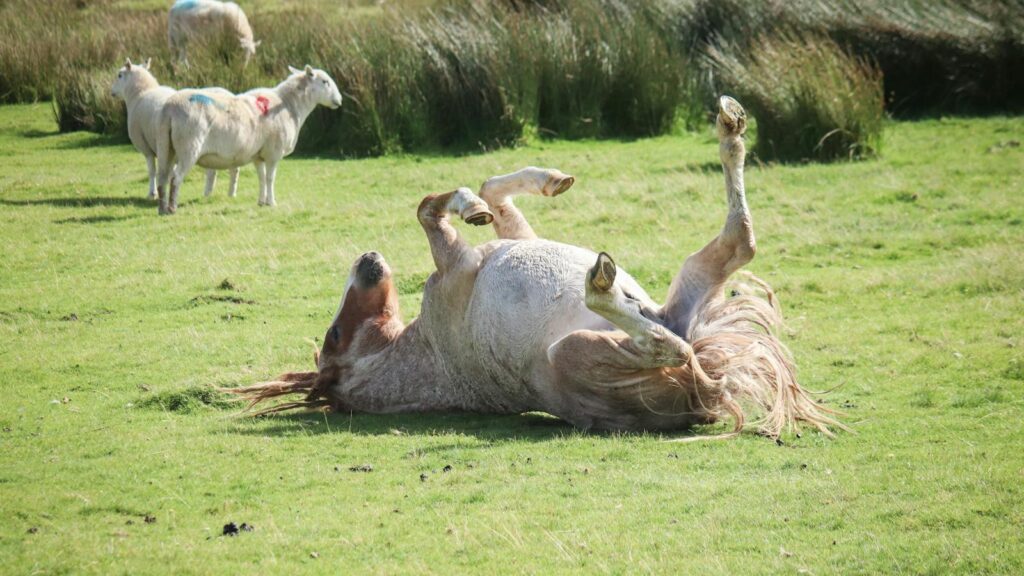
The final and most critical stage of colic involves serious systemic compromise and impending cardiovascular collapse. Horses may appear suddenly calm despite worsening condition—a deceptive sign indicating they’ve entered endotoxic shock rather than improved. Extremities feel cold to the touch while mucous membranes appear cyanotic (blue-tinged) or exhibit a toxic line along the gums. The horse’s eyes appear glassy or sunken with reduced responsiveness to light or movement. Heart rates often exceed 100 beats per minute but may become difficult to detect as circulation fails, and blood pressure drops dramatically. Many horses in this stage lie down and cannot or will not rise again, even with encouragement or stimulation. Without immediate intensive veterinary intervention, death becomes imminent at this stage.
Vital Sign Changes During Colic Progression

Monitoring vital signs provides crucial objective data about colic severity and progression. Normal resting heart rates for adult horses range from 28-44 beats per minute, with elevations directly correlating to pain intensity and prognosis. Temperature changes vary by colic type—some inflammatory conditions like enteritis cause fever above 101.5°F, while strangulating obstructions may lead to subnormal temperatures as shock develops. Respiratory patterns typically shift from normal (8-16 breaths per minute) to rapid, shallow breathing (20-30 breaths) as pain and physiological stress increase. The color and moisture of mucous membranes progressively change from healthy pink and moist to tacky and abnormally colored (bright red, pale, or cyanotic), with capillary refill time extending beyond the normal 1-2 seconds, indicating worsening circulatory compromise.
Abdominal Sounds and What They Indicate

Listening to gut sounds (borborygmi) provides valuable information about intestinal motility during colic episodes. Normal intestines produce gurgling, tinkling sounds at regular intervals in all four quadrants of the abdomen, indicating proper digestive movement. Hypermotile gut sounds (louder and more frequent than normal) often occur in spasmodic colic or early gas accumulation as the intestines attempt to resolve the blockage. Reduced or absent gut sounds in one or more quadrants suggest ileus (intestinal stasis) or mechanical obstruction, representing a more serious situation requiring veterinary attention. High-pitched, rhythmic “pinging” sounds when tapping the abdomen may indicate gas distension, while completely silent abdomens are particularly concerning, potentially signifying advanced obstruction or compromised blood supply to intestinal segments.
Fecal and Urinary Changes During Colic
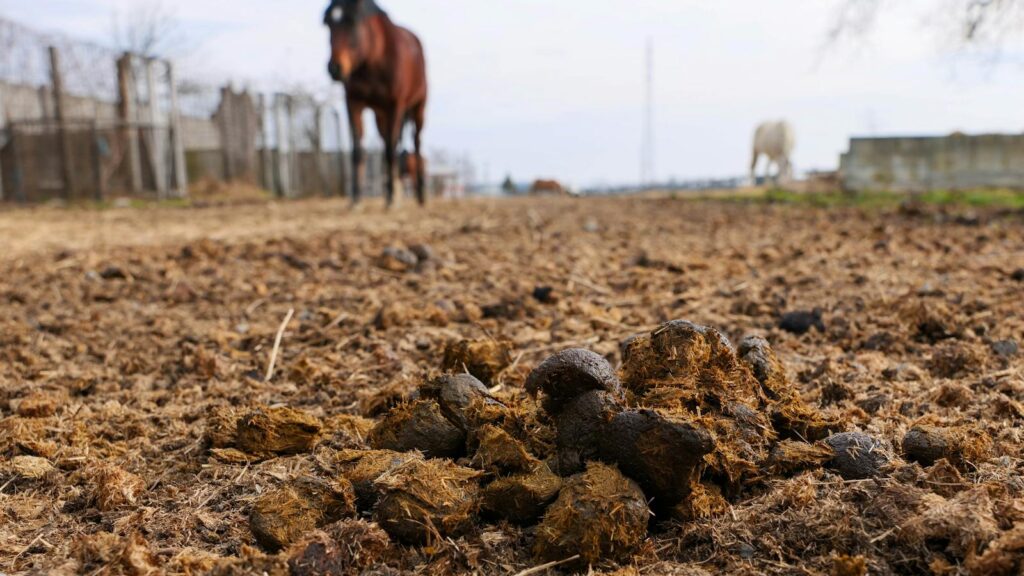
Changes in manure production and appearance provide important diagnostic clues during colic episodes. Complete absence of manure over several hours indicates significant intestinal dysfunction, while small, dry, mucus-covered fecal balls suggest impaction developing in the small colon. Some colics produce loose, watery stool or diarrhea, particularly in cases involving inflamed intestines or sand accumulation. The presence of blood, either fresh red streaks or dark tarry appearance (melena), indicates intestinal damage with varying degrees of severity. Urination patterns change during colic progression—horses with mild colic often urinate frequently due to stress, while those with severe pain may develop reduced urinary output as dehydration worsens and kidneys conserve fluid. Some colicking horses adopt a stretched urination stance without actually voiding, which inexperienced observers might misinterpret as urinary issues rather than abdominal pain.
Differentiating Types of Colic by Symptom Patterns
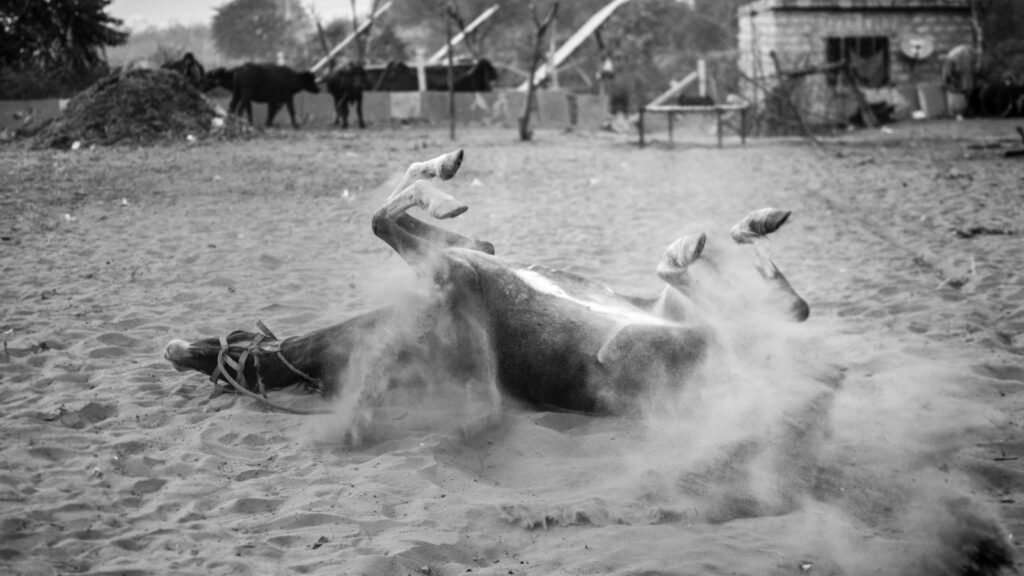
Different types of colic produce recognizable symptom patterns that help determine the underlying cause and appropriate treatment approach. Gas colic typically features intermittent pain with periods of normalcy between episodes, often resolving within hours with appropriate management. Impaction colic generally develops more gradually with persistent mild to moderate pain and reduced manure output over 12-24 hours before significant distress appears. Spasmodic colic causes wave-like pain patterns with intense but brief episodes separated by near-normal behavior. Sand colic frequently presents with chronic, mild discomfort, weight loss, and intermittent diarrhea before acute episodes develop. The most dangerous forms—strangulating obstructions and displacements—typically progress rapidly through pain stages with minimal response to pain management and quick deterioration of vital signs, requiring immediate surgical intervention for survival.
When to Call the Veterinarian

While minor colic episodes sometimes resolve with basic care, certain indicators demand immediate veterinary attention regardless of the apparent pain level. Any pain lasting more than 1-2 hours, even if mild, warrants professional evaluation to prevent potential deterioration. Heart rates sustained above 60 beats per minute indicate significant pain requiring veterinary intervention. The absence of manure production for more than 12 hours signals a potentially serious intestinal dysfunction that needs assessment. Horses showing repeated attempts to roll or thrash require immediate attention to prevent self-injury and address the severe underlying pain. Additional red flags include visible abdominal distension, abnormally colored mucous membranes, or any colic symptoms in high-risk horses (recent foaling mares, seniors, or those with previous colic surgery). When in doubt, contacting your veterinarian early is always safer than waiting until symptoms worsen.
Managing Colic While Waiting for Veterinary Help
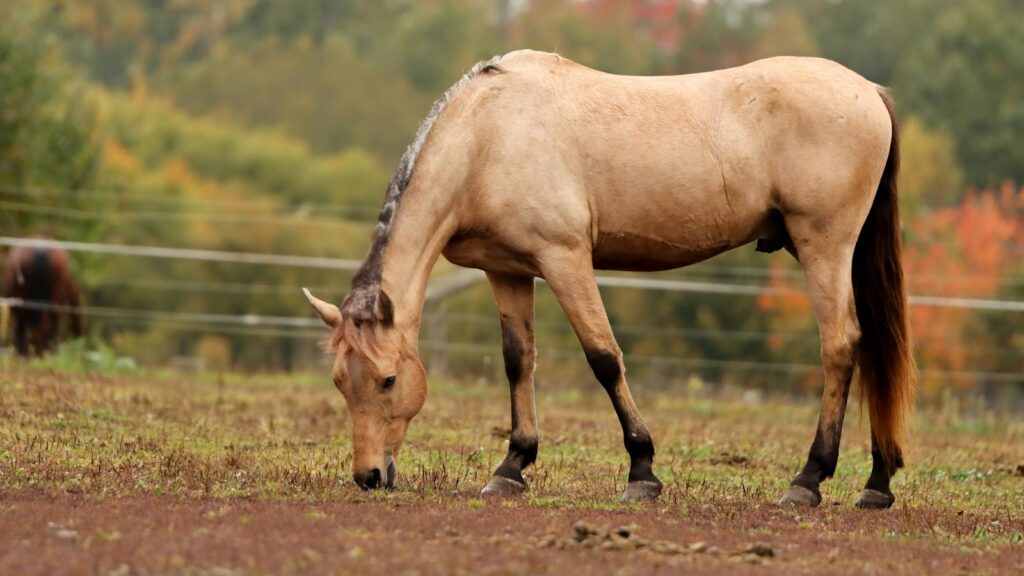
Appropriate management during the wait for veterinary assistance can prevent worsening of the horse’s condition and provide valuable information for diagnosis. Remove all feed but maintain access to fresh water unless specifically advised otherwise by your veterinarian. Walking the horse gently can stimulate gut motility and prevent injury from rolling, but avoid forced exercise that could exacerbate fatigue or dehydration. Record vital signs every 15-30 minutes to track progression or improvement, noting changes in heart rate, respiratory rate, and mucous membrane color. Never administer pain medications without veterinary direction, as these can mask symptoms without addressing the underlying cause, potentially delaying crucial treatment decisions. Prepare relevant information for your veterinarian, including recent management changes, deworming history, and the precise timeline of symptom development to assist in rapid assessment upon arrival.
Prevention and Risk Reduction Strategies
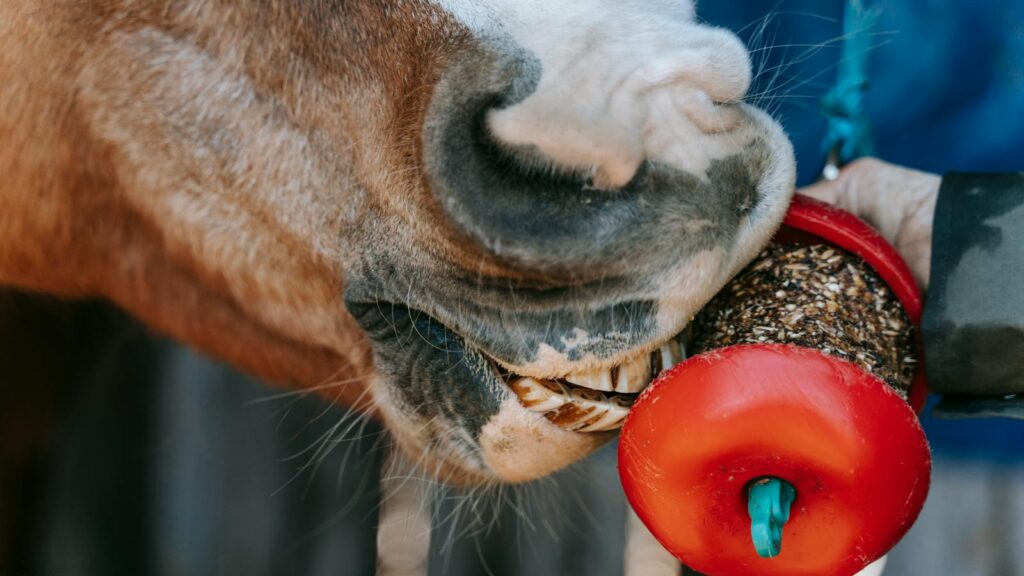
While not all colic episodes are preventable, implementing sound management practices significantly reduces risk. Establish consistent feeding schedules with multiple small meals throughout the day rather than large, infrequent feedings that overwhelm the digestive system. Ensure constant access to clean, fresh water, with particular attention during extreme weather when consumption patterns change. Implement a strategic parasite control program developed with your veterinarian, as heavy parasite loads contribute to colic risk. Provide regular dental care to ensure proper chewing capability, as inadequately ground feed increases impaction risk. Minimize stress from management changes by introducing new feeds, housing, or exercise regimens gradually over 7-10 days. Maximize turnout and movement opportunities, as natural grazing behavior and regular exercise support healthy gut motility and reduce gas accumulation that can trigger colic episodes.
Recognizing Stages of Equine Colic
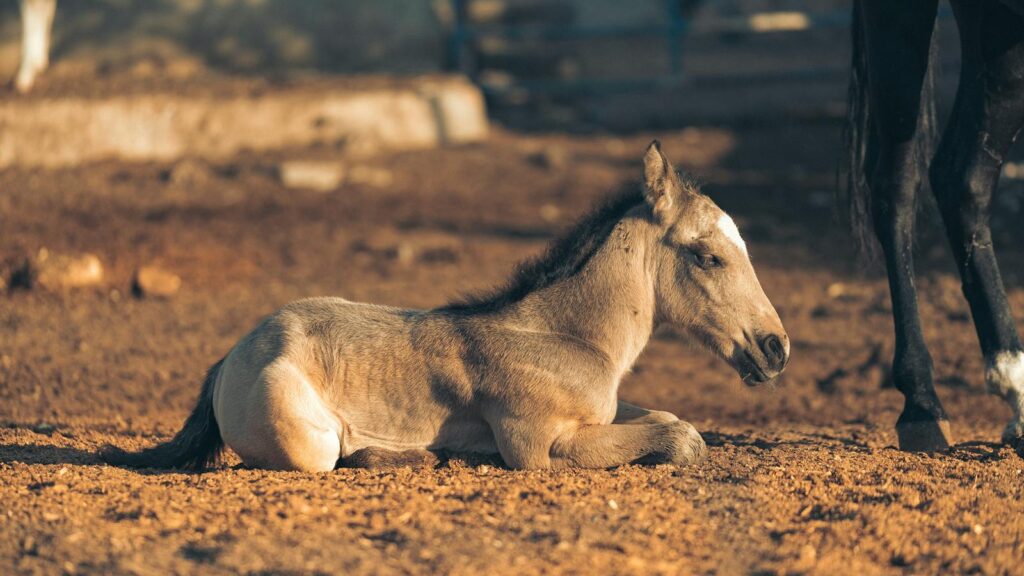
Recognizing the stages of equine colic allows horse owners to respond appropriately to this common yet potentially fatal condition. The progression from subtle early warning signs to life-threatening systemic collapse can happen gradually or with alarming speed, depending on the underlying cause. By familiarizing yourself with these stages and monitoring your horse vigilantly, you increase the chances of early intervention when treatment is most effective and least invasive. Remember that even mild colic demands respect and attention—what begins as minor discomfort can quickly develop into a serious medical emergency. When in doubt, consult your veterinarian promptly. Your knowledge, combined with professional veterinary care, provides your horse the best chance for a full recovery from this challenging condition.

